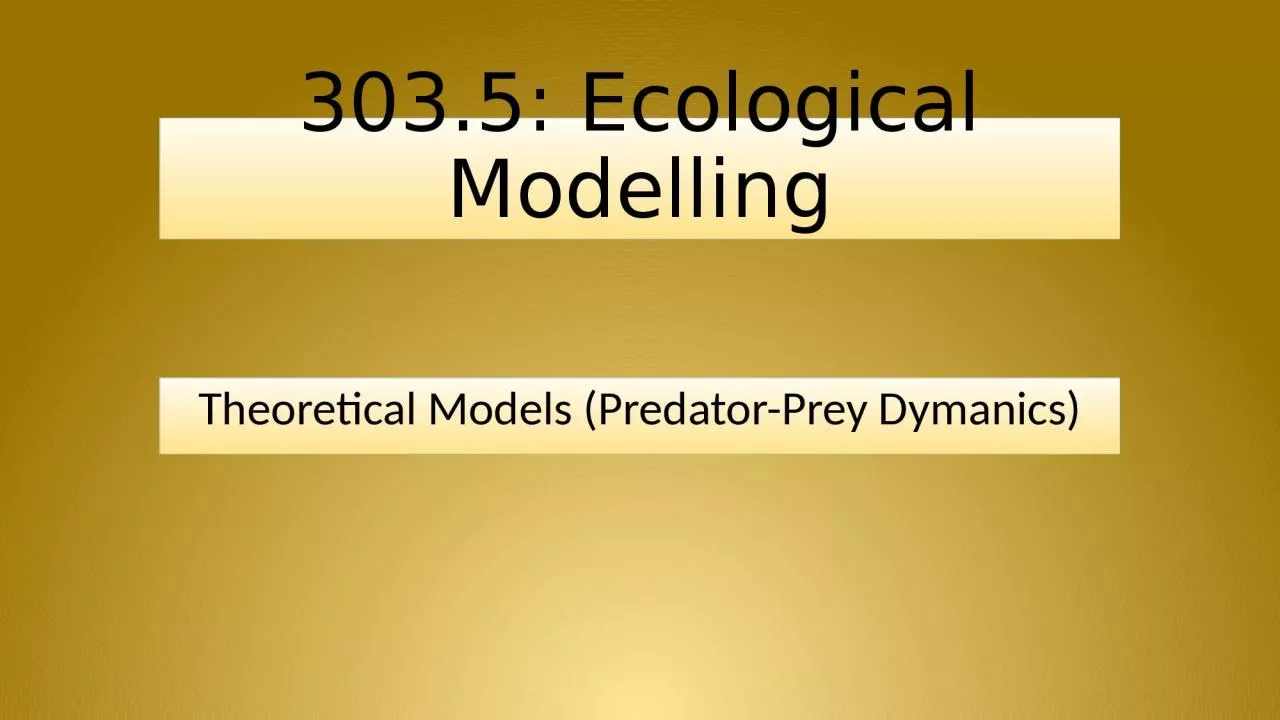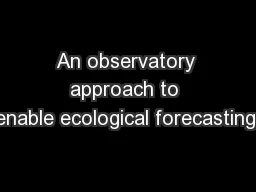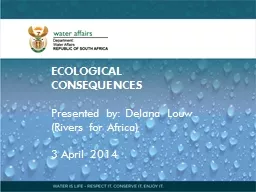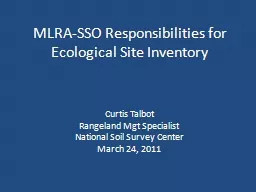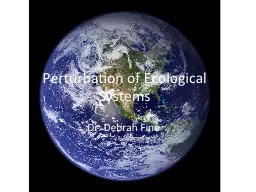PPT-303.5: Ecological Modelling
Author : josephine | Published Date : 2023-10-29
Theoretical Models PredatorPrey Dymanics The LotkaVolterra model for predatorprey or herbivoreplant or parasitoid host dynamics deals with one predator population
Presentation Embed Code
Download Presentation
Download Presentation The PPT/PDF document "303.5: Ecological Modelling" is the property of its rightful owner. Permission is granted to download and print the materials on this website for personal, non-commercial use only, and to display it on your personal computer provided you do not modify the materials and that you retain all copyright notices contained in the materials. By downloading content from our website, you accept the terms of this agreement.
303.5: Ecological Modelling: Transcript
Download Rules Of Document
"303.5: Ecological Modelling"The content belongs to its owner. You may download and print it for personal use, without modification, and keep all copyright notices. By downloading, you agree to these terms.
Related Documents

